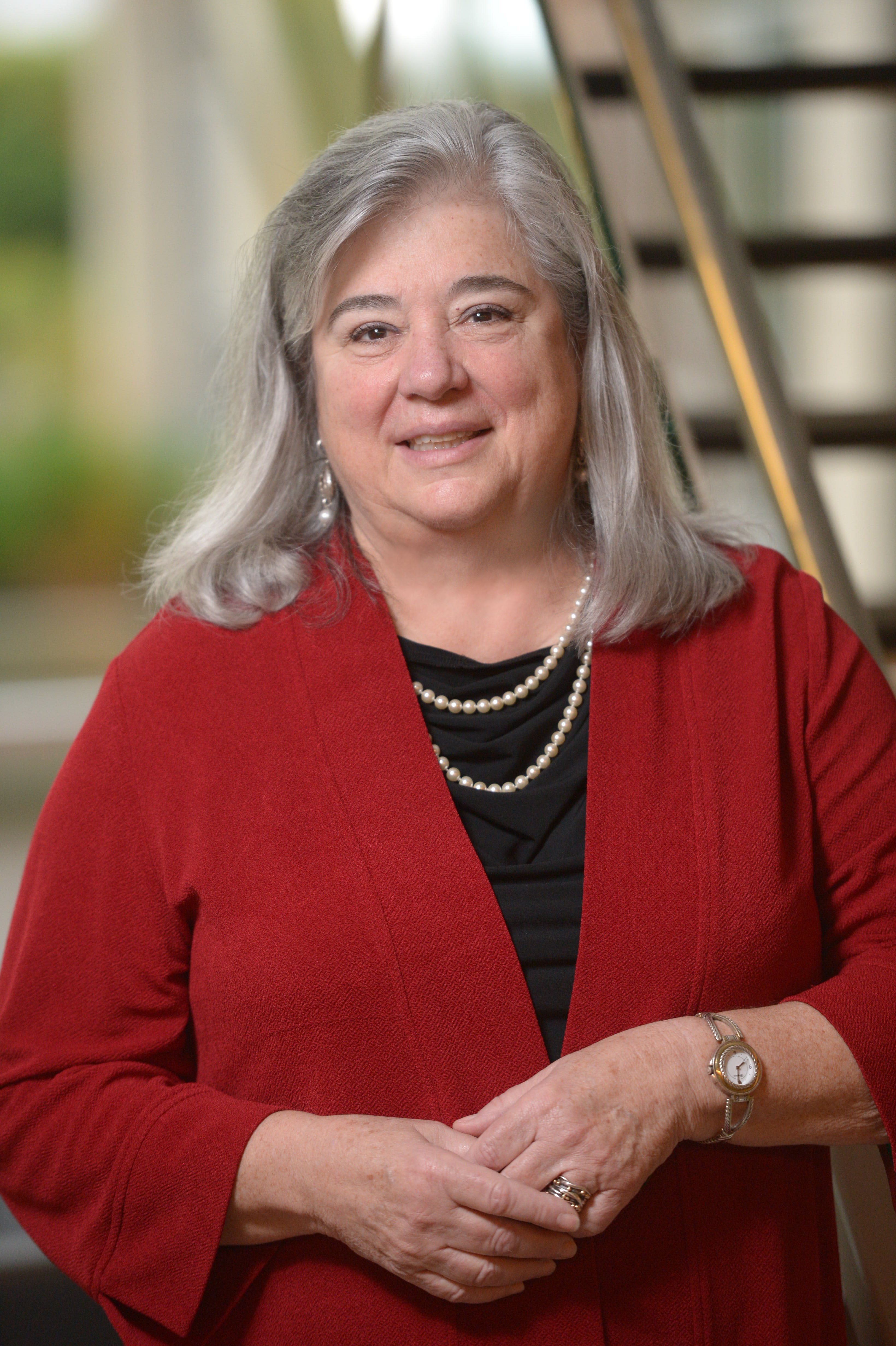Professional member associations such as ONS are built on collaborations: between members and members, members and staff, staff and staff, and organizations and organizations.
The whole point of collaboration is that you give and take from each other, and that’s how you create things that are totally new.
In an association’s early days, members work together to lay the organization’s foundation, including operations, products, and services. As an association matures and hires staff, much of the ongoing operational work transitions to staff, who advance the association’s mission through collaborative teams, and members focus on leading the organization through Board service, contributing to resources as subject matter experts, and serving in other capacities, such as on committees, task forces, and advisory panels. Effective collaboration between members and staff is essential for the organization’s performance and sustainability.
In our 4.5-plus decades, ONS has often been a leader among other associations with our governance. For example, in the 1990s, ONS eliminated most of its standing committees and implemented a model using project teams, advisory groups, and task forces. ONS leadership had found that the changing work environment in that era was making a three-year volunteer commitment more difficult for members, so shorter-term structures allowed more members to collaborate with staff.

ONS is not the only corporation in our enterprise. The Oncology Nursing Foundation and Oncology Nursing Certification Corporation also model collaboration between constituencies and staff. Equally important is the collaboration among the three corporations to support, when appropriate, each other’s mission and goals. Over the past three years, we have strengthened the relationship among the three boards and increased our understanding of each other’s priorities.
Collaboration with other associations, industry, and academic institutions can also yield important outcomes. ONS is often asked to consider partnerships because of our strong reputation and high-quality products and services.
One successful collaboration is the recent release of the Oncology Navigation Standards of Professional Practice. ONS collaborated with the Association of Oncology Social Work, Association of Pediatric Hematology/Oncology Nurses, Academy of Oncology Nurse and Patient Navigators, Cancer Support Community, and Smith Center for Healing and the Arts to develop the essential standards.
Some of us had been members of a navigation working group in the Biden Cancer Initiative, and when the initiative paused for President Biden to run for office, we believed the work was important to continue because we saw a need to bring clarity to navigation. We anointed ourselves the Professional Oncology Navigation Task Force and collaborated to develop the standards using several sources and task force members’ expertise. What is noteworthy is that we embraced having one set of standards that can be used by cancer care organizations as they develop navigation programs rather than each organization creating their own. As Abloh said, we gave and took from each other and our organizations to create something totally new.
ONS collaborations, whether internal or external, between members and staff, or with other organizations, embody another definition of collaboration by Rei Kawakubo: “Collaborations have no meaning if 1 + 1 does not equal much more than 2.” I am proud that our collaborations bring much more than 2 in all we do for and with you, our members.






